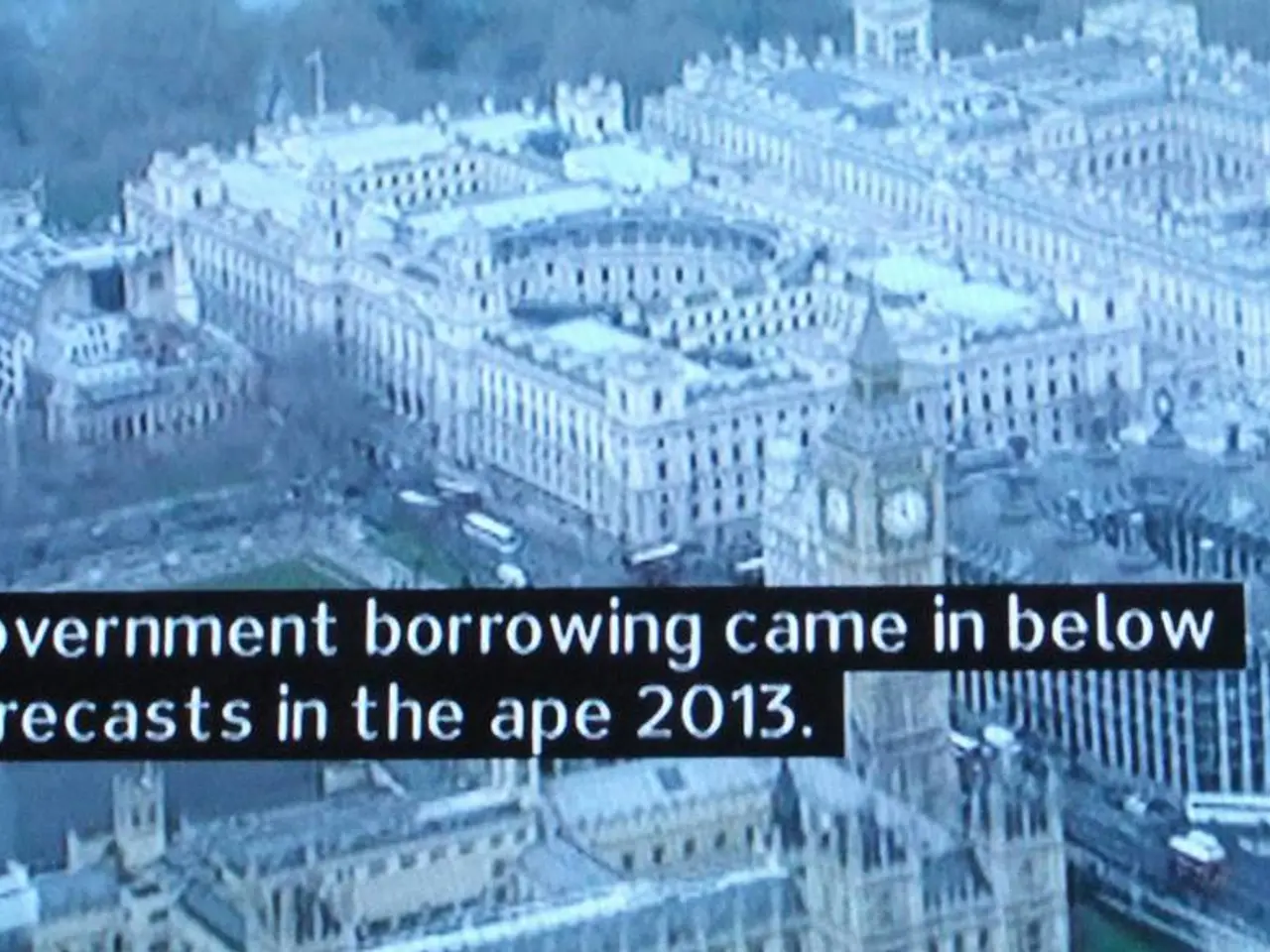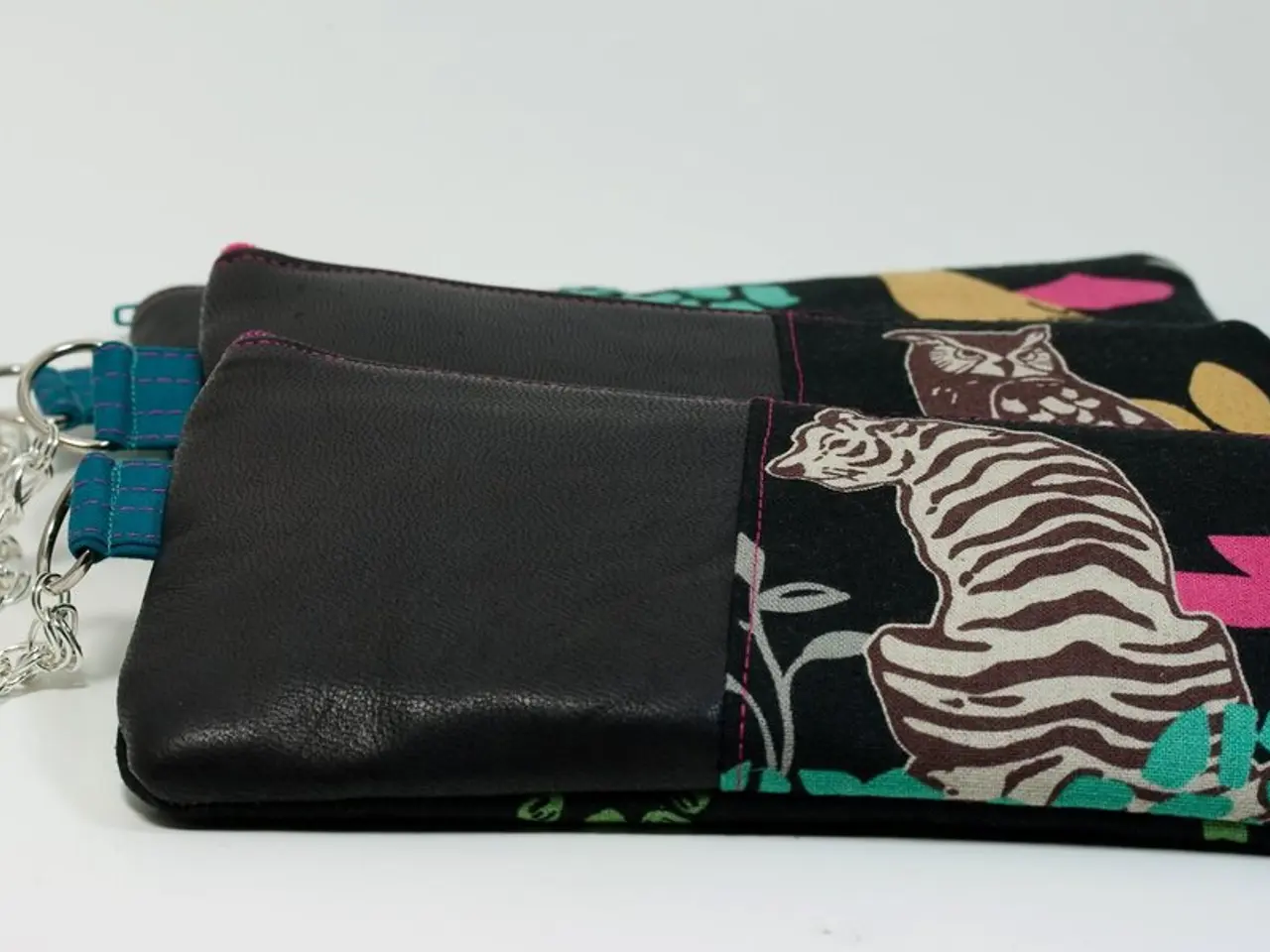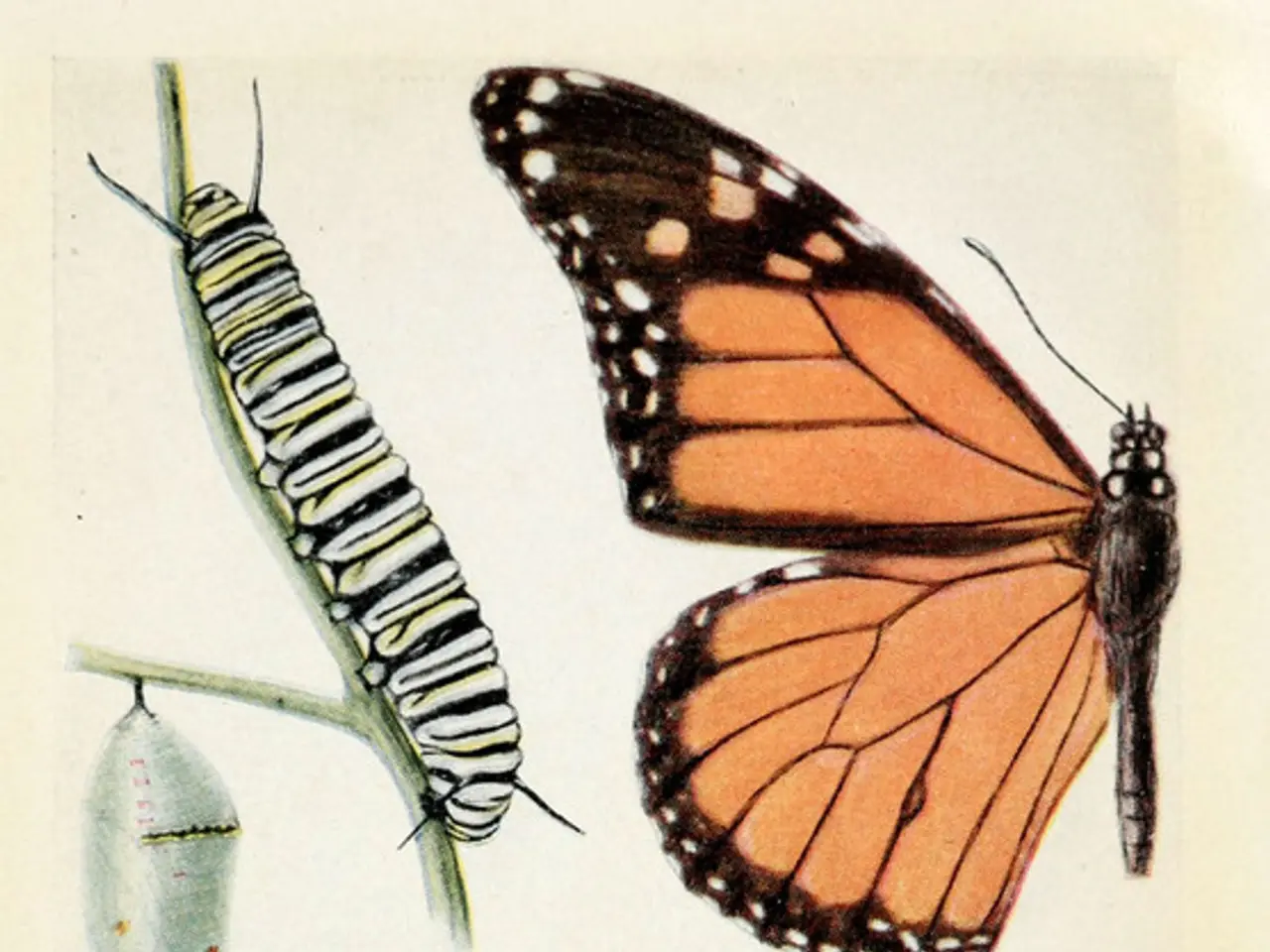China's shift towards a greener steel production signals a financial wake-up call for Australia's economy.
In a significant development, China, the world's largest steel producer, is moving towards a greener future, and this shift is having a profound impact on Australia's key exports.
Fortescue, an Australian company, has announced its commitment to achieving real net-zero emissions by 2030 and investing in the development of green iron products. However, the future of Australia's iron ore and metallurgical coal exports, particularly to China, is uncertain due to China's transition to a low-carbon model.
China has installed enough electric arc furnaces (EAF) to produce more than 160 million tonnes of steel annually, equivalent to the total steel output of Japan and the United States combined. This shift towards EAF and hydrogen-based direct reduced iron (DRI) production reduces reliance on the low-grade iron ore and coking coal that Australia traditionally exports in large volumes.
As China enforces stricter renewable energy use quotas and decarbonization policies, its steel production has declined from a peak of 1,065 million metric tons in 2020 to about 1,005 million metric tons in 2024, with projections below 900 million metric tons by 2035. This contraction, combined with increased steel recycling and greater use of scrap, lowers demand for iron ore imported from Australia.
The shift to green steel technologies favors higher-grade ore and recycled inputs. Australian iron ore exports, once accounting for around 20% of its total exports and previously commanding high prices, have experienced a significant downturn. Iron ore prices fell from $219.77/ton in 2021 to $97.22/ton in 2025, with further declines expected.
Coal exports, particularly coking coal used in traditional steelmaking, are also expected to be affected as China reduces coal-based steel production by at least 90 million tonnes in 2025 and increases EAF utilization. Although broader infrastructure demand in Asia-Pacific supports some raw material needs, China's reduced coal-based steelmaking lowers coal import demand from Australia.
The Chinese government's incentives and subsidies for green steel, including capital subsidies for renewable energy integration and carbon taxes, accelerate this transition. However, the current market for green steel inputs like ferroalloys shows producers facing higher costs with limited willingness from steelmakers to pay premiums.
In response to these challenges, Australia faces a choice: start integrating into greener supply chains or face key national assets becoming stranded. A new policy dialogue on steel decarbonisation has been established between the Australian and Chinese governments. This dialogue aims to align on standards, contracts, and investment frameworks for green iron, hydrogen, and low-carbon steel.
The discussion on Prime Minister Anthony Albanese's recent visit to China revolved around diplomacy and geopolitics, but its economic implications could be significant. Recent decisions by Australia's Foreign Investment Review Board have raised questions about attracting international investors, including from China, to green energy and iron processing.
The real legacy of Anthony Albanese's recent visit to China may be economic rather than diplomatic or geopolitical. The future of Australia's key exports, particularly coal and iron ore, is uncertain due to China's transition to a low-carbon model. Christoph Nedopil, director of Griffith Asia Institute at Griffith University, suggests that Australia can no longer count on sustained demand for its coal and iron ore exports.
The policy dialogue between the Australian and Chinese governments may cover green buildings as part of the decarbonisation efforts. Green steel certificates, being proposed as a potential financial instrument to unlock investment in green energy and iron processing, could play a crucial role in this transition.
In conclusion, China's green steel transition is causing a structural decline in Australian iron ore and coal exports to China by reducing demand for traditional steelmaking raw materials. This shift represents a fundamental realignment in commodity trade driven by China’s decarbonization and industrial policies. Australia must adapt to this new reality to secure its economic future.
[1] China's Green Steel Transition: Implications for Australia's Iron Ore and Coal Exports
[2] China's Green Steel Transition and Australia's Iron Ore Exports
[3] China's Green Steel Transition: What Does It Mean for Australia?
[4] China's Green Steel Transition: Implications for Australia's Coal Exports
[5] China's Green Steel Transition: Challenges and Opportunities for Australia
[1] In response to China's green steel transition, Australia's iron ore exports face a significant drop due to reduced demand for traditional steelmaking raw materials.
[2] As China enforces greener policies in steel production, the future of Australia's iron ore exports to China may be uncertain.
[3] The shift to renewable energy and green steel technologies in China may have profound effects on Australia's iron ore and coal exports, particularly to China.
[4] Australia's coal exports may be impacted by China's transition to green steel production, which could lower demand for traditional coal-based steelmaking.
[5] China's shift towards green buildings and green steel technologies could present challenges and opportunities for Australia’s vital iron and coal sectors.
[6] Australia's key exports, including iron ore and coal, are undergoing a transformation influenced by China's transition to a low-carbon model and increased focus on sustainability and environmental-science.




